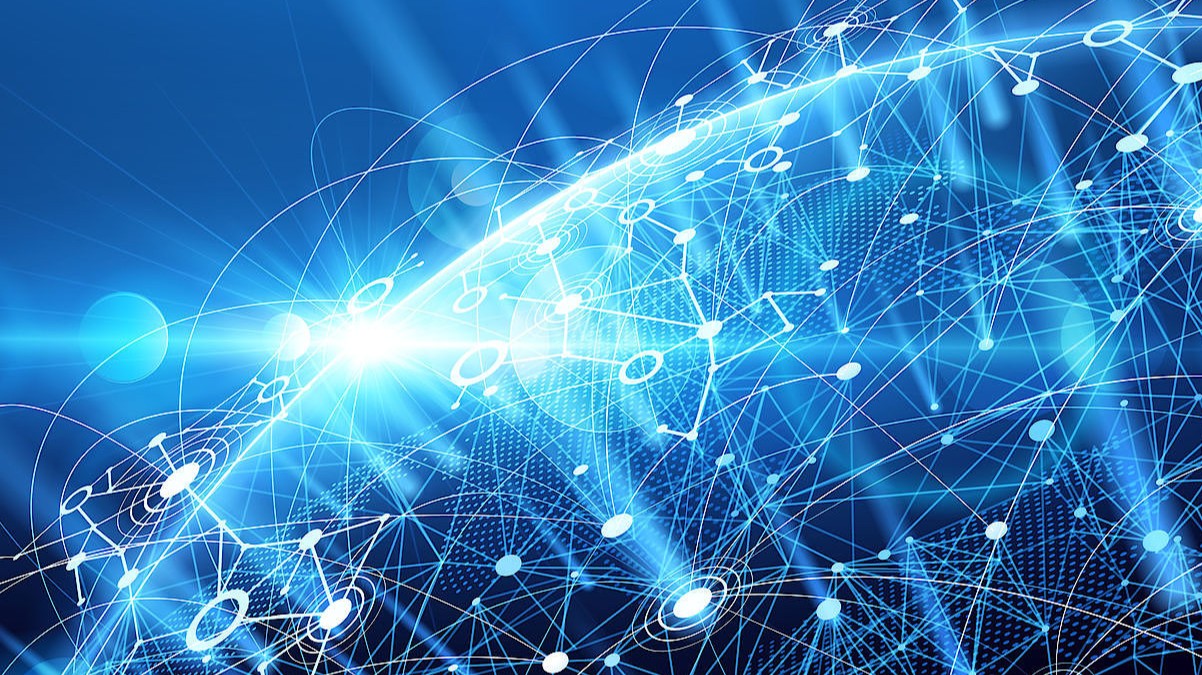The Internet of Things (IoT) is far more than just connecting your phone to Wi-Fi or making your appliances smart. It’s a massive intelligent ecosystem where everyday "things" can network, communicate, and share information. Simply put, IoT is a network of smart devices and sensors that can exchange data. In this hyper-intelligent ecosystem, every machine, every sensor, and even every piece of clothing seems to have a voice, sharing real-time data and working together. The IoT is changing our world and driving the next wave of technological revolution.
The IoT Superpowers: Sensors, the Cloud Brain, and the Neural Network
To understand how the IoT works, it helps to imagine its core components as an intelligent organism:
Sensors: The IoT’s "Five Senses"
They're the eyes and ears of the IoT, responsible for sensing their surroundings. These sensors can measure everything from temperature and humidity to light and pressure, converting physical signals into digital information. They are the starting point for all data in the IoT.
Communication Technology: The IoT’s "Neural Network"
Once sensors collect data, it needs to be transmitted quickly. This relies on various communication technologies like Wi-Fi, 5G, Bluetooth, and LoRa. These technologies act as the IoT's neural network, transferring massive amounts of data with minimal latency. The spread of 5G, in particular, has drastically expanded the network's capacity and speed.
The Cloud & AI: The IoT’s "Brain" and "Intelligence"
The collected data is sent to a cloud or edge computing platform, becoming the IoT's "brain." The powerful cloud provides massive storage and computing power to process the continuous stream of sensor data. Here, AI acts as the IoT's "intelligent core": AI algorithms learn from data patterns to make predictions and decisions. For example, when a vibration sensor on a factory machine sends an abnormal signal, AI can immediately analyze it and perform predictive maintenance, alerting engineers before the machine fails and reducing downtime by over 70%.
From Smart Homes to Smart Cities: The IoT is Changing Our Lives
The applications of IoT have moved beyond single-device connectivity to infiltrate every aspect of our lives, making ordinary objects smarter:
Smart Homes : In your home, your smart speaker, thermostat, and connected fridge can work together to make life easier and more energy-efficient. A smart home system can reduce energy consumption by up to 30%.
Smart Manufacturing : IoT sensors placed throughout a factory monitor machines in real-time. This smart management model shifts factories from a "reactive repair" mode to "predictive maintenance," significantly boosting efficiency and stability.
Smart Cities : Using traffic sensors, smart parking systems, and intelligent streetlights, cities can optimize traffic flow and improve the efficiency of public services.
Smart Healthcare : Wearable devices can continuously monitor health data like heart rate and blood oxygen, enabling remote care and real-time medical supervision for patients.
Future Outlook and Key Challenges
As technology continues to evolve, the IoT is poised for explosive growth. Future trends include:
The Deep Integration of AIoT : The combination of AI and IoT will create more applications with self-learning and decision-making capabilities, such as self-driving cars and smart energy management.
The Rise of Edge Computing : To reduce latency and cloud load, more data processing will occur at the device level, closer to the source.
However, while bringing convenience, the IoT also presents significant challenges. The most prominent is security and privacy. As every device becomes connected, hackers have more targets. Many IoT devices have weak security by default, making them easy to compromise. Ensuring data encryption and authentication for connected devices is a critical challenge. Additionally, a lack of standardization is a major hurdle, as different manufacturers use inconsistent protocols and data formats, complicating large-scale deployment.
In conclusion, the IoT is not just a technological innovation; it's a shift in connectivity that is transforming the world from isolated objects into a tightly interconnected, intelligent network. As we look to the future, we must harness its infinite potential while addressing the security and privacy issues it raises to truly let the IoT benefit society and improve our quality of life.



.jpg)









.jpg)
.jpg)